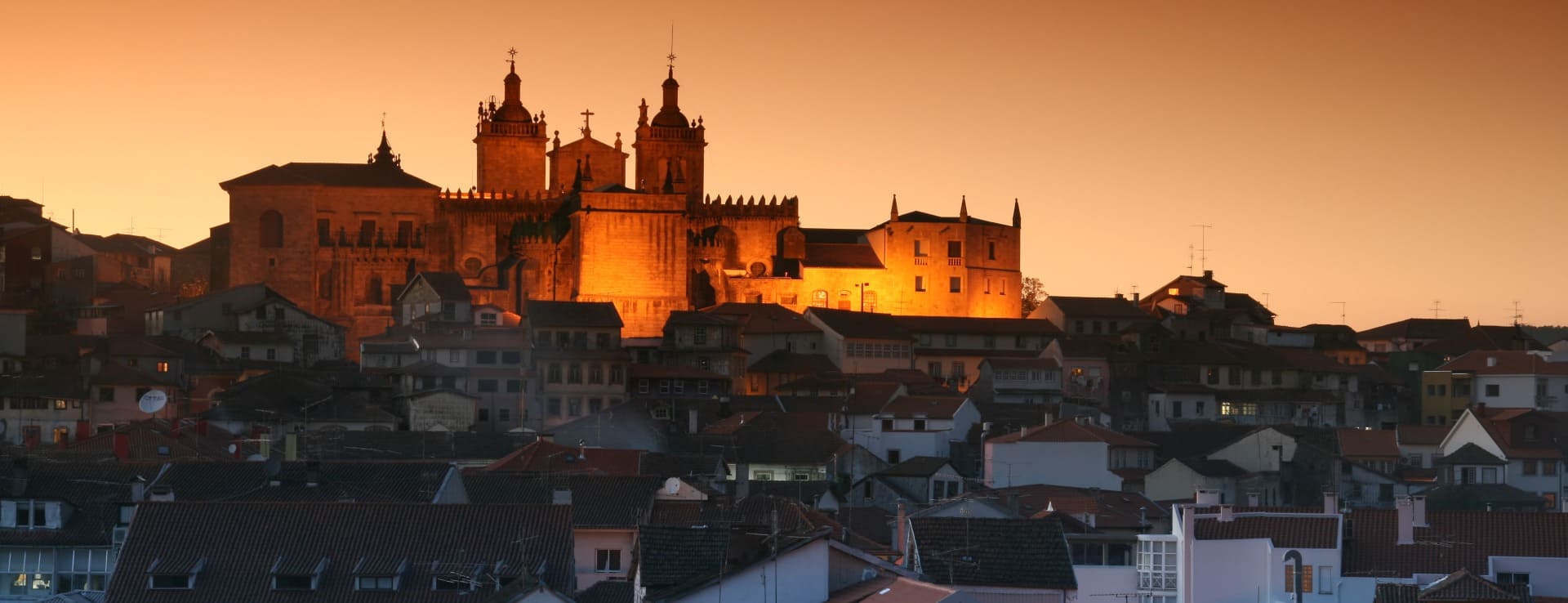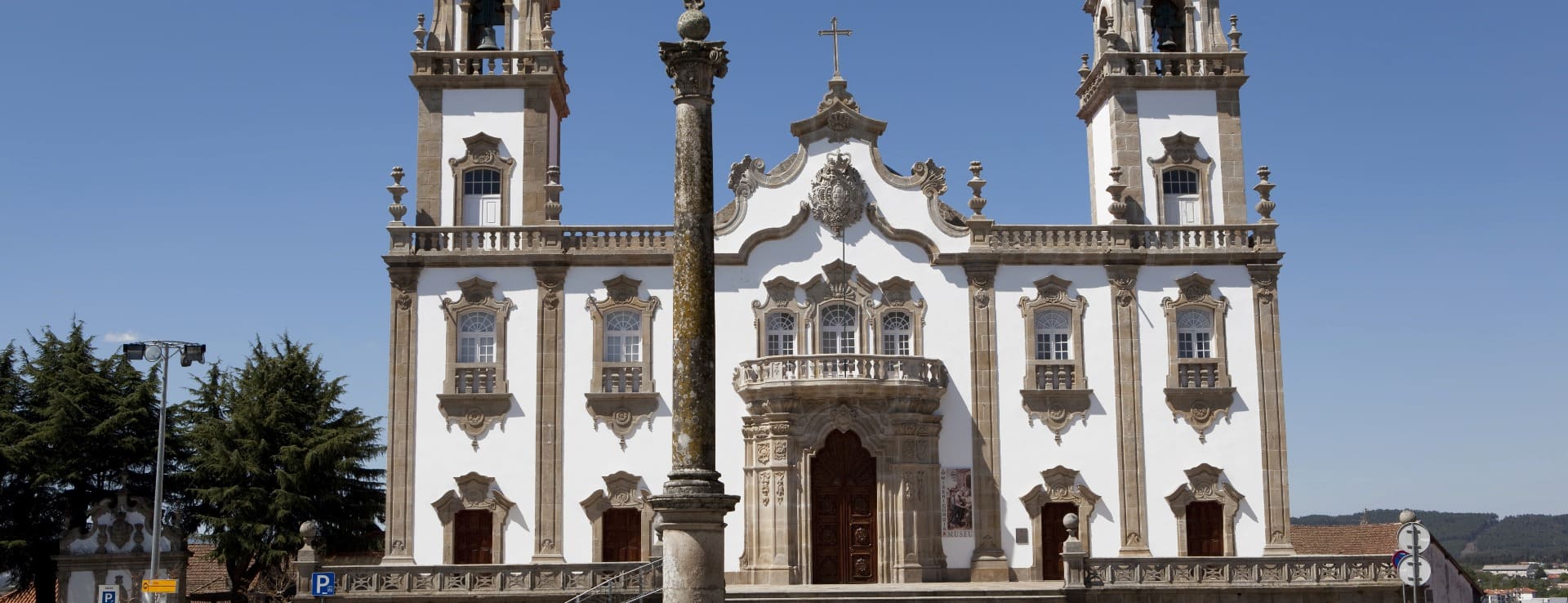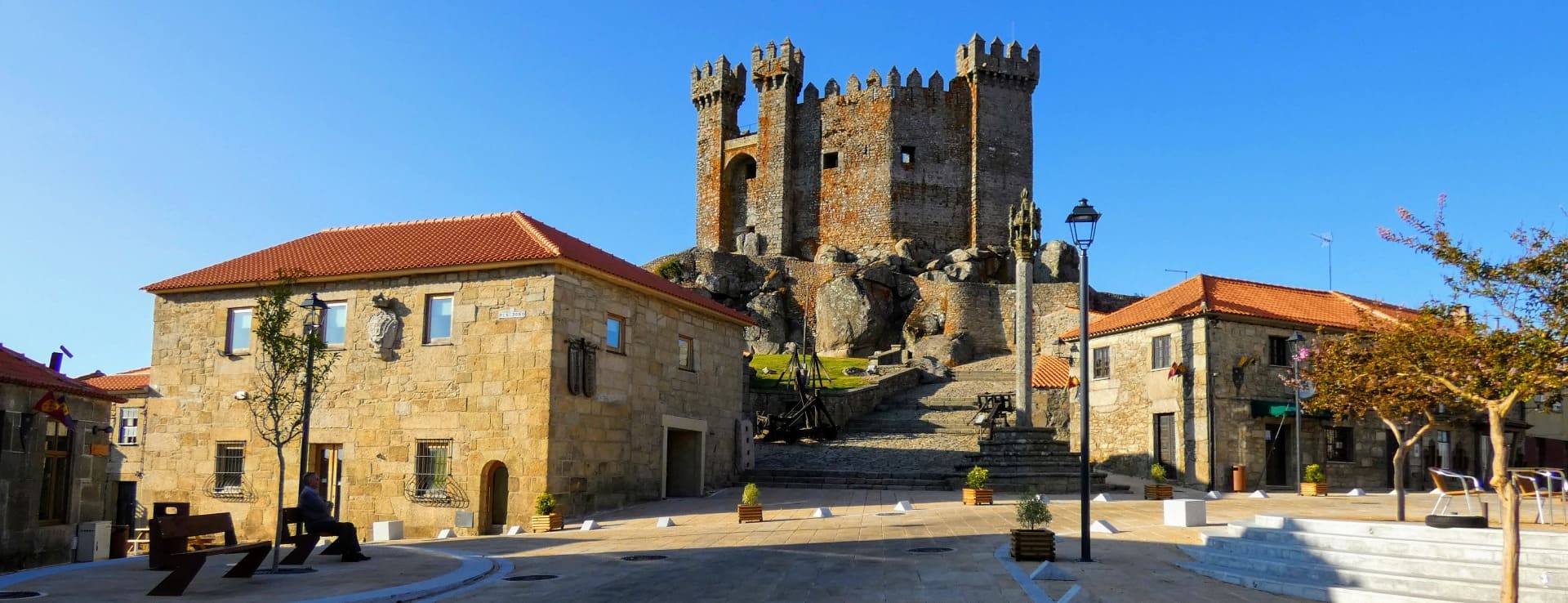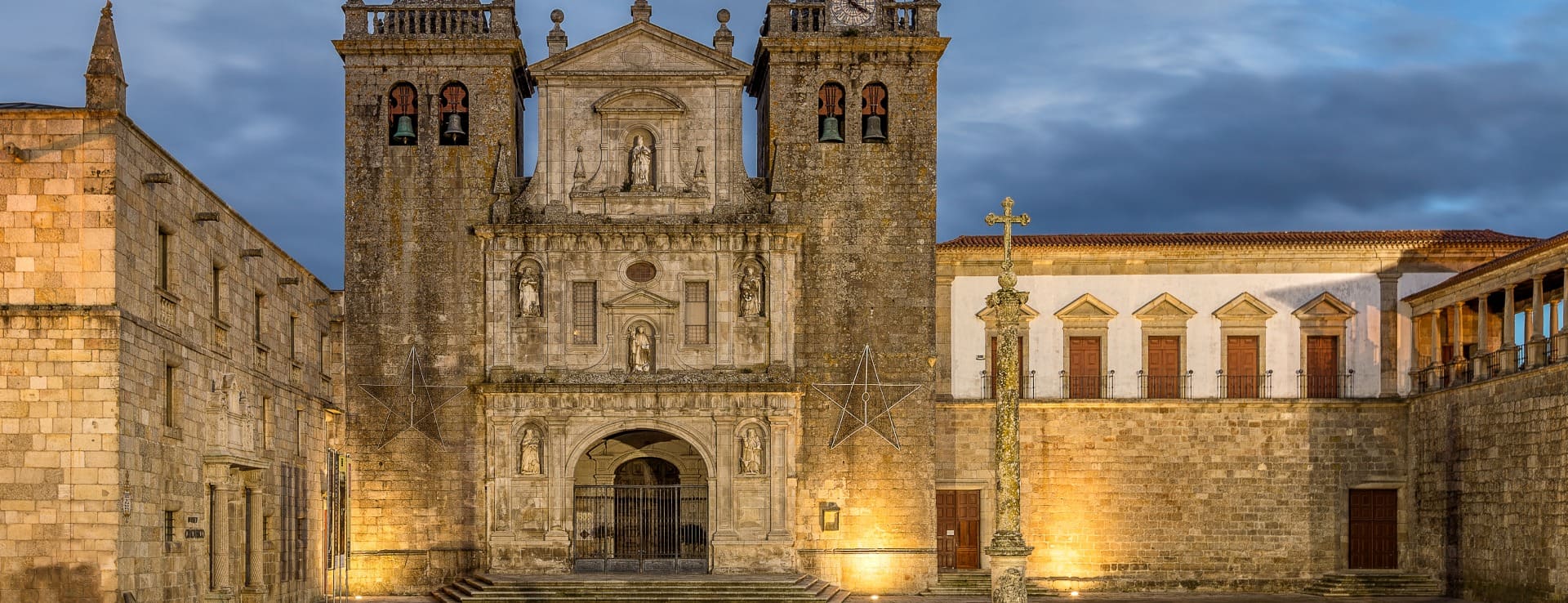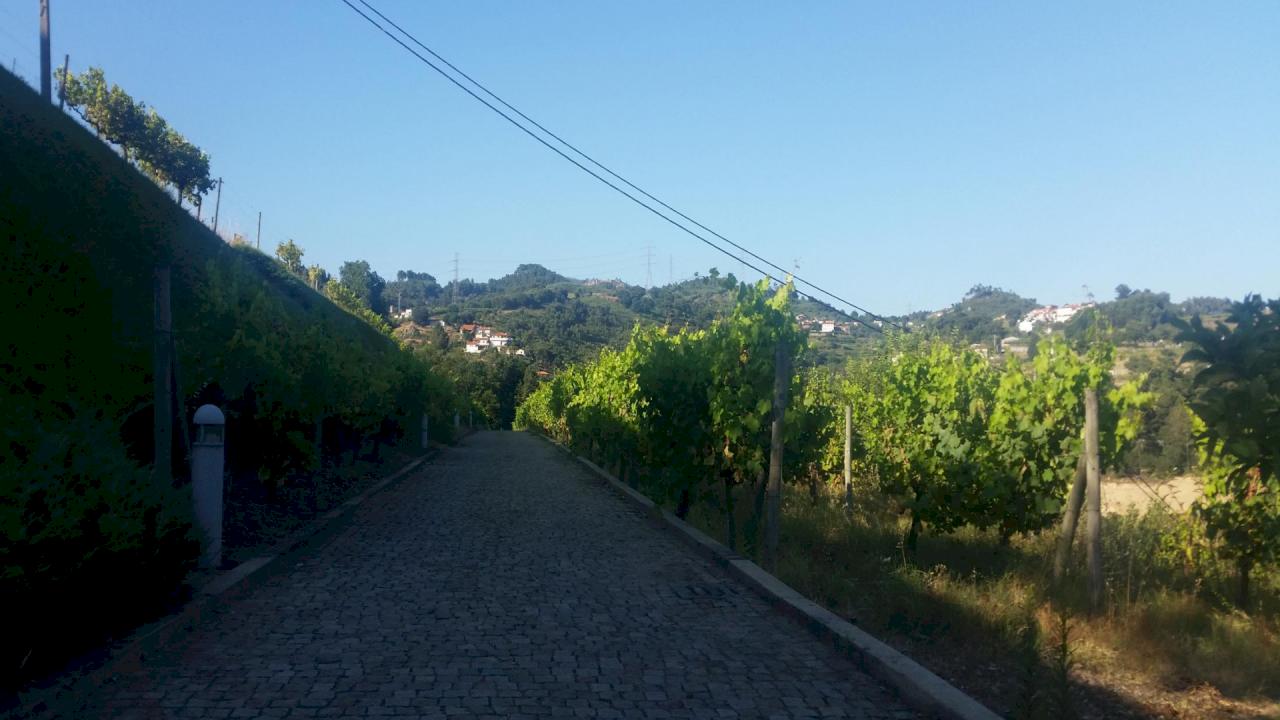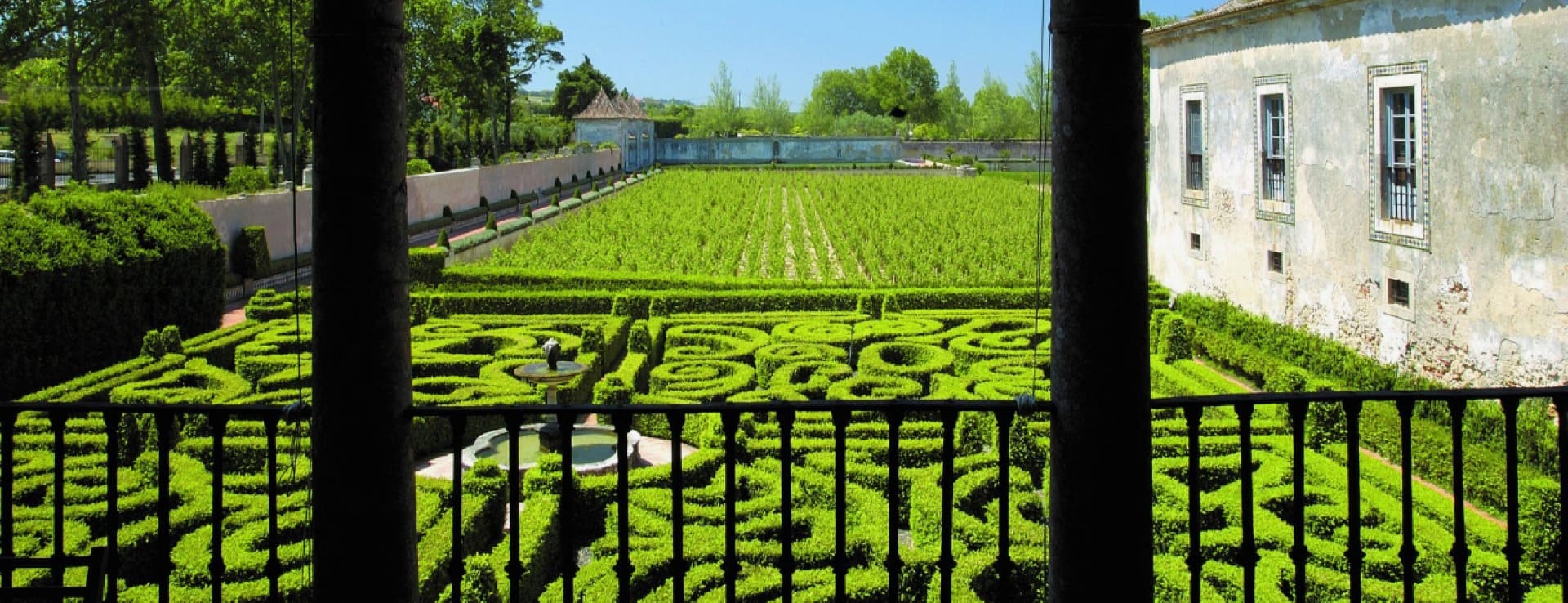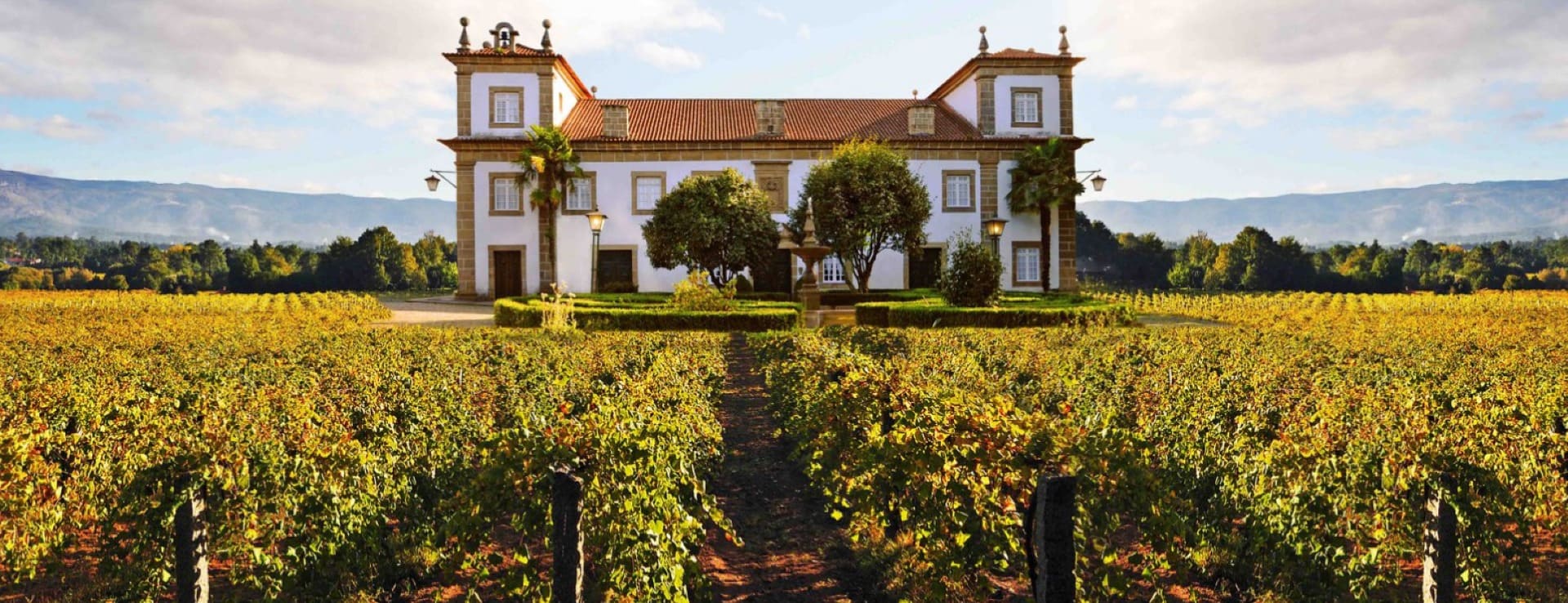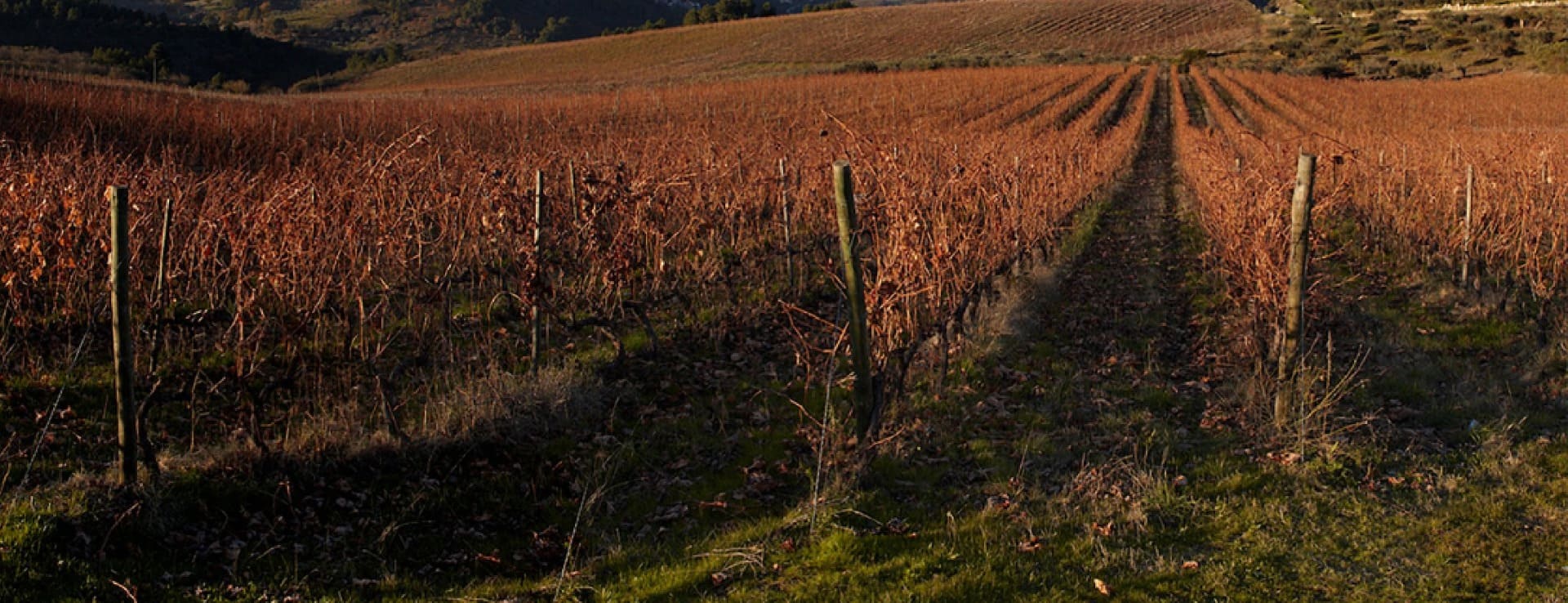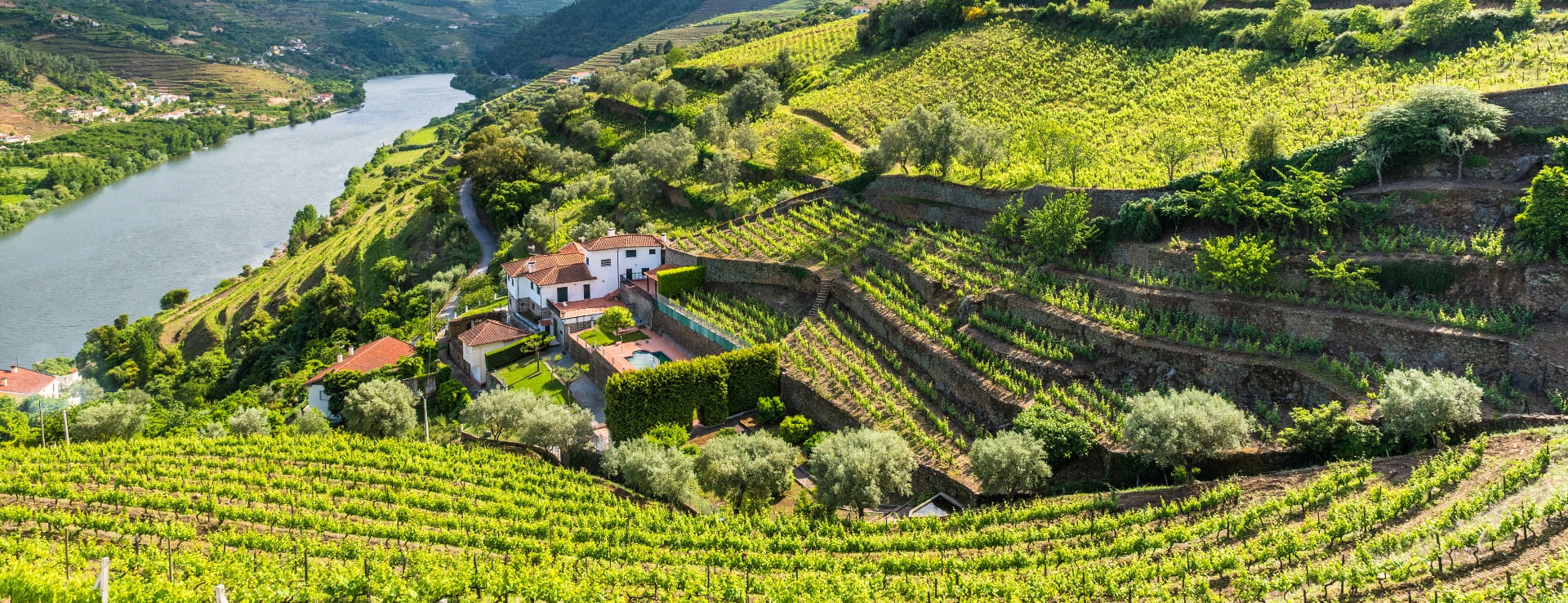Find your winery or vineyard
2 Wineries and Vineyards for sale in Viseu
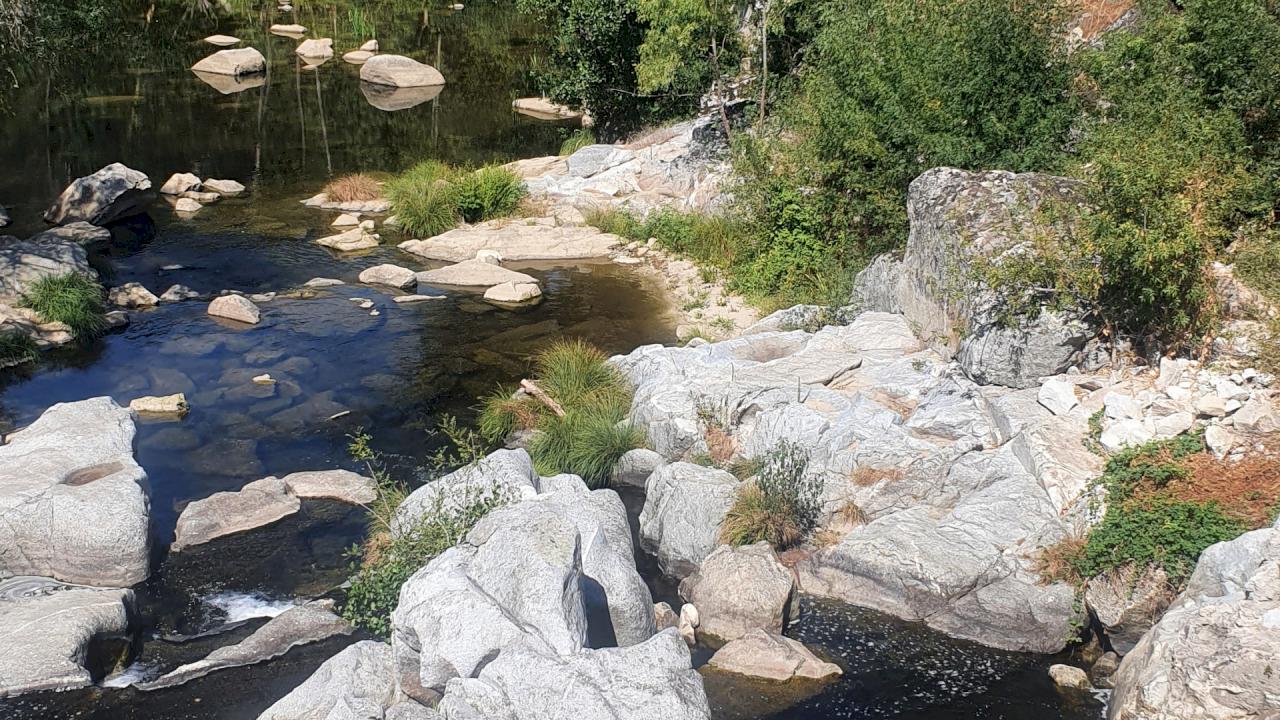
Rural hotel with 9 rooms and possible extension.
Property in DOC Tavora-Varosa.
Infographic of the Denomination of Origin
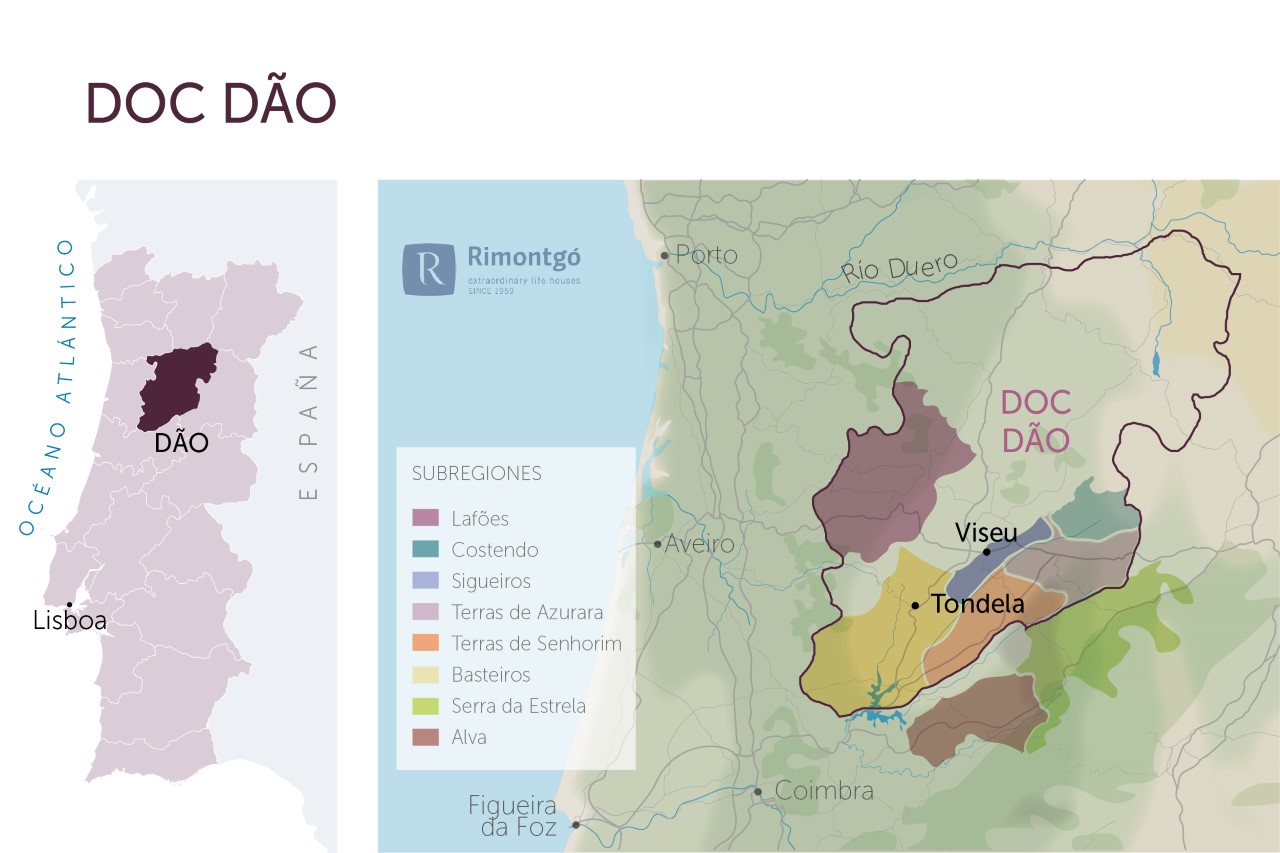
Change to imperial units (ft2, ac, °F)Change to international units (m2, h, °C)
D.O. year of foundation:
1908
Number of wineries (2017):
116
Total surface area:
20.000 ha49.420 ac
Maximum production allowed:
26.000 kg/ha23.196 lb/ac
Altitude of the vineyards:
Min: 200m
Max: 600m
Min: 656ft
Max: 1.969ft
Temperature:
Min: 10º
Max: 28º
Min: 50°F
Max: 82°F
Yearly hours of sun:
2.500
Yearly rainfall:
650 l/m260 l/ft2
Viseu
DOC DAO
LOCATION
The DOC Dao includes the towns of the districts of Viseu, Guarda and Coimbra and the vineyard has a surface about 14,500ha. Dao covers almost the south half of the Beira Alta province.
The region is comprised by Mortagua, Santa Comaba Dao, Fornos de Algodres, Aguiar da Beira, Penalva do Castelo, Viseu, Tondela, Carregal do Sal, Nelas, Mangualde, Seia, Oliveira do Hospital, Tábua, Gouveia and Arganil.
SUBREGIONS
The DOC Dao has officially 7 subregions: Alva, Besteiros, Castendo, Serra da Estrela, Sigueiros, Terras de Azurara and Terras de Senhorim. Serra da Estrela is a quite used indication in labels thanks to the momentum that its wines are experiencing due to the altitude (2,000 m in Torres) and a colder climate. Wines from the south are widely known along Viseu and form the heart of the region.
There are three types of wine to be considered in the Dao region, with common characteristics that are produced in:
- the central northern area, topographically influenced by the Dao river, situated between 200 and 600 m above sea level, but mainly at an altitude of 300 meters.
- the central southern zone, which is a flat area or an area of low and uniform relief, above 400 meters in altitude and influenced by the Mondego river.
- the peripheral zone, which is made up of the remaining area.
DOC TAVORA-VAROSA
Situated on the heights above the town of Lamego, Tavora-Varosa is a good fruit-growing area for apples, pears and peaches, among other fruits. The rainfall is high, 1,000 m3 at an altitude of 500-800 m, so the vineyards on the upper reaches of the rivers Varosa, Távora, Tedo and Torto are mainly planted with white grapes. The Cistercian monasteries played an important role in the wine industry in the past, which is why the regional wine is called Tierras del Cister. Nowadays it is sparkling wine that dominates the region with the Malvasía Fina grape although Chardonnay and Pinot Noir are also increasing. The most important winery is Caves Murganheira in Ucanha.
POINTS OF INTEREST
Viseu is located at the crossroads of important Roman roads, one of which came from Mérida.
Other important monuments are the Praça da República where the town hall is located, 16th century houses with gargoyles and gothic windows on Rua Direita or Rua Escura and the museum of the History.
It is also worth mentioning the building of the Viseu Cathedral which is in the Misericordia square, the Igreja da Misericordia, the Grão Vasco museum and the Paseo de los Cañones.
Discover more wineries and vineyards for sale in these wine regions in Portugal
Subscribe to our mailing list to receive news about wineries and vineyards.

